Are you a coffee lover eager to sip on the most popular brews in the United States? Recent data shows that an overwhelming 79% of coffee drinkers in the US prefer caffeinated over decaffeinated options.
Our comprehensive guide will unravel surprising trends, health implications, and changing consumption patterns tied to these preferences. Dive into this rich aroma-filled journey today!
Key Takeaways
- 79% of coffee drinkers in the United States prefer caffeinated coffee, while 10% opt for decaffeinated options.
- The market for decaffeinated coffee is expected to reach $22.58 billion by 2029, with a promising compound annual growth rate (CAGR) of 6.7%.
- Increasing health consciousness, preference for caffeine-free options, and innovations in decaffeination methods are driving the rise of decaffeinated coffee consumption in the United States.
- North America and Europe currently dominate the decaf market, but emerging markets in Asia – Pacific, Latin America, and the Middle East present opportunities for expansion.
Overview of Coffee Preferences in the United States
In the United States, coffee preferences vary significantly, with a majority of 79% favoring caffeinated coffee and 10% preferring decaffeinated options.
Caffeinated vs. Decaffeinated Preference
In the United States, coffee preferences sway significantly toward caffeinated options. However, decaffeinated coffee has a substantial and growing fan base, particularly among health-conscious consumers, pregnant women, and those sensitive to caffeine.
| Preference | Population Percentage |
|---|---|
| Caffeinated Coffee | 79% |
| Decaffeinated Coffee | 10% |
These numbers, collected via an online survey that included 747 respondents aged 18 and older, reveal an interesting trend. Despite the lower popularity of decaf, its market is expected to reach $22.58 billion by 2029, with a promising compound annual growth rate (CAGR) of 6.7%. With North America and Europe being the biggest markets, the opportunity lies in expanding into emerging markets in Asia-Pacific, Latin America, and the Middle East.
| Decaf Coffee Market | Projected Value by 2029 | CAGR |
|---|---|---|
| Decaffeinated Coffee | $22.58 billion | 6.7% |
This growth is driven by consumers’ increasing health consciousness and the appeal of decaf options for those sensitive to caffeine. Companies that emphasize sustainability and ethical sourcing are particularly attractive in the decaf market. These trends suggest a bright future for decaf, even as caffeinated coffee remains the leading preference in the United States.
The Rise of Decaffeinated Coffee
Decaffeinated coffee has been gaining popularity in recent years, driven by increasing health consciousness and a desire for caffeine-free options. Discover the latest market trends and drivers of decaffeinated coffee consumption in the United States.
Read on to explore why more people are choosing decaf and how it’s shaping the coffee industry.
Market Drivers of Decaffeinated Coffee
The market for decaffeinated coffee is rapidly expanding with several factors fueling its growth.
- One of the significant drivers is the increasing health consciousness among consumers. As per a study, low to moderate caffeinated coffee consumption can lead to favorable changes in body fat.
- Changing lifestyles and dietary habits also contribute to this trend. People are increasingly preferring healthier alternatives over traditional caffeinated drinks.
- The innovation in decaffeination methods has a substantial impact on the growing preference for decaffeinated coffee. Techniques like solvent-based, water-based, and carbon dioxide methods ensure that the flavor is not compromised during decaffeination.
- Furthermore, a variety of flavor profiles such as mild and smooth, bold and robust, nutty and aromatic, or fruity and vibrant are offered in decaf options catering to different palate preferences which further drive the demand.
- Decaffeinated coffee products’ availability in different forms including whole beans, ground coffee, instant coffee, and specialty blends enhance its market growth by providing convenience to customers.
- The global rise of e-commerce platforms has made it simple for consumers to explore and purchase various types of decaffeinated coffees from around the world which significantly contributes to market growth.
- Major brands like Keurig Dr Pepper, Nestlé, and Starbucks Corporation have also expanded their product portfolio to include more selection of decaf coffees thereby driving sales through their reputation and wide consumer base.
- Lastly, in regions like North America, Europe, and Asia Pacific increasing demand is playing a pivotal role in augmenting the growth trajectory of the decaffeinated coffee market.
Market Trends in Decaffeinated Coffee
The global decaffeinated coffee market is experiencing a significant upswing, showcasing intriguing market trends that are reshaping the coffee preferences of consumers.
- Rapidly Expanding Market Size: The decaf coffee market was valued at US $15.3 billion in 2022 and is expected to grow at a steady CAGR of 6.7%, reaching US $22.58 billion by 2029.
- Increased Health Consciousness: As consumers become more health conscious, they’re opting for decaf alternatives to enjoy their favorite beverage minus the buzz.
- Geographical Dominance: North America and Europe continue to lead the decaffeinated coffee market, with the Asia Pacific region rapidly growing as a key player.
- Prominent Market Players: Key players such as Keurig Dr Pepper, Nestlé, and Starbucks Corporation are making their mark in North America while Lavazza, Tchibo GmbH, and Illycaffè S.p.A dominate the European sector.
- Rise of Specialty Decaf Coffees: More specialty coffee houses are offering high-quality decaf options to meet increasing demand.
- Technological Innovations in Decaffeination Process: New methods of extraction and processing have led to better-tasting decaf coffees that retain their original flavors more effectively.
- Environmental Concerns Fueling Organic Growth: Given environmental concerns, there’s also been a surge in demand for organic or naturally processed decaffeinated coffee.
- Growing Online Sales Channels: Digital platforms are becoming increasingly popular channels for purchasing decaf coffee products due to convenience and accessibility factors.
- Diversified Distribution Channels: Besides supermarkets and convenience stores, cafes and specialty stores also sell a variety of decaf blends catering to different customer preferences.
- Experimental Flavors and Blends: Coffee brands are experimenting with unique flavor profiles for their decaf variants resulting in more choices for consumers.
The Impact of Caffeinated Coffee Consumption
Caffeinated coffee consumption can have significant implications for health and overall well-being. From its potential role in increasing alertness to its impact on metabolic processes, understanding the effects of caffeinated coffee is essential for coffee lovers.
Discover how caffeine affects the body and explore the latest consumption trends in our comprehensive analysis of coffee preferences in the United States.
Health Implications
- Moderate changes in caffeinated coffee consumption have been linked to reductions in total body fat, trunk fat, and visceral adipose tissue (VAT) in individuals with metabolic syndrome (MetS) [Fact 9].
- A study published in Clinical Nutrition found that increased consumption of caffeinated coffee was associated with favorable changes in body fat [Fact 9].
- However, the same study did not find any significant associations between the high consumption of caffeinated coffee and decaffeinated coffee consumption with obesity and adiposity indicators [Fact 10].
- It is important to note that these findings are specific to a Mediterranean cohort with MetS and may not directly apply to everyone [Fact 9].
- While moderate coffee consumption has shown some potential health benefits, it’s essential to maintain a balanced diet and healthy lifestyle overall.
Consumption Trends
As a coffee lover, staying updated with the latest consumption trends is like a caffeine kick for your knowledge. Here’s a snapshot of the most recent coffee consumption trends in the United States.
| Trend | Description |
|---|---|
| Caffeinated Coffee Dominance | In 2022, 79 percent of respondents preferred caffeinated coffee, making it the leading coffee choice among US respondents. |
| Age Group and Preference | The survey discovered that the age group 18 years and older had a considerable influence on the coffee preference with a significant majority opting for caffeinated versions. |
| Online Survey Trends | Online surveys are proving instrumental in gathering these consumption trends, with nearly one thousand U.S. respondents providing valuable insights. |
| Publication of Statistics | Noteworthy industry updates are being published by reputed researchers like M. Ridder, providing coffee lovers with the latest market trends. |
| Statista Research | Statista’s comprehensive report on functional drinks in the United States has been an essential source of information covering aspects such as coffee market revenue, effects of coffee on health, and preferences. |
| Growth of Other Functional Drinks | In addition to coffee, the report provides insights into the growth of other functional drinks like tea and energy drinks and the performance of companies like Celsius Holdings and The Vita Coco Company. |
Remember, staying informed about the latest trends allows you to make the most out of your coffee-drinking experience.
Regional Analysis of Coffee Preferences
In this section, we explore popular coffee preferences by region in the United States. Discover how your fellow coffee lovers across the country savor their daily cup of joe. Don’t miss out on fascinating insights into regional tastes and brewing traditions!
Popular Coffee Preferences by Region
The United States is a vast nation with diverse regional coffee preferences. Let’s delve into the popular choices of caffeinated and decaffeinated coffee by region.
| Region | Caffeinated Coffee | Decaffeinated Coffee |
|---|---|---|
| North East | Dark Roast | Medium Roast |
| Mid-West | Light Roast | Colombian Decaf |
| South | Espresso | Swiss Water Process Decaf |
| West | Ristretto | Fair Trade Organic Decaf |
These preferences vary based on the cultural background, lifestyle, as well as the influence of local coffee chains. It should be noted that high consumption of caffeinated coffee and consumption of decaffeinated coffee did not show significant associations with changes in fat tissue, according to a study registered at the International Standard Randomized Controlled Trial (ISRCTN) with registration number 89898870. Consequently, the health implications of coffee consumption are not limited to its caffeine content.
Key Players in the Coffee Market
Major brands dominate the coffee market in the United States, offering a wide range of options to cater to different preferences and tastes.
Major Brands and Their Offerings
- Starbucks: Renowned for its wide range of caffeinated and decaffeinated coffee options, Starbucks offers a diverse menu of coffee beverages, including its signature Pike Place Roast and Blonde Espresso.
- Dunkin’: Known for its quick and convenient service, Dunkin’ provides a variety of caffeinated and decaffeinated coffee blends, such as Original Blends, Dark Roast, and Decaf.
- Folgers: With a long-standing reputation for quality, Folgers offers both caffeinated and decaffeinated ground coffee in various flavors like Classic Roast, Black Silk, and 100% Colombian.
- Maxwell House: A trusted household name, Maxwell House offers a selection of caffeinated and decaffeinated coffees, including their Original Roast, Master Blend, and Breakfast Blend.
- Nescafé: Providing instant coffee options for on-the-go convenience, Nescafé offers both caffeinated and decaffeinated varieties like Classic Roast, Taster’s Choice French Roast, and Decaf House Blend.
- Peet’s Coffee: Known for its premium quality beans and artisanal approach to roasting, Peet’s Coffee offers a range of caffeinated blends like Major Dickason’s Blend as well as decaffeinated options such as Decaf Arabian Mocha Java.
- Lavazza: An Italian brand with a rich heritage in coffee production, Lavazza offers an array of caffeinated blends like Qualità Oro along with decaffeinated choices like Dek Espresso Barista Gran Crema.
Remember to check out these major brands when looking for your preferred type of coffee!
How Consumption Patterns are Changing
Consumption patterns for coffee in the United States are experiencing significant shifts, with an increasing number of consumers exploring alternative options beyond traditional caffeinated coffee.
Shifts in Coffee Drinking Habits
As per the recent survey conducted, there are observable shifts in coffee drinking habits in the United States. Below is a comprehensive chart detailing the shift in consumption patterns of caffeinated and decaffeinated coffee:
| Year | Caffeinated Coffee Consumption (%) | Decaffeinated Coffee Consumption (%) | Equal Consumption (%) |
|---|---|---|---|
| 2022 | 79 | 10 | 10 |
This table indicates that in 2022, 79% of respondents favored caffeinated coffee over its decaffeinated counterpart, which was preferred by only 10% of respondents. Interestingly, the same percentage of respondents reported an equal consumption of both types of coffee. These findings were collected from an online survey conducted from September 21 to 25, 2022, involving 747 participants aged 18 years and older.
These shifts in coffee drinking habits are a critical part of a larger report on functional drinks in the United States, providing valuable insights into the dynamic and evolving preferences of American coffee lovers. To have full access to this in-depth research and other industry-specific data, a paid subscription is required.
Hence, understanding these shifts not only helps in tracing the changing patterns but also enables key players in the coffee market to align their offerings to evolving consumer preferences.
That’s it! Remember, these FAQs are meant to provide quick answers and information to our fellow coffee lovers. If you have any other questions or concerns about coffee preferences, feel free to reach out and we’ll be happy to assist you!
Conclusion
In conclusion, the United States continues to show a strong preference for caffeinated coffee, with 79% of respondents favoring it in 2022. However, there is also a growing trend towards decaffeinated coffee as consumers become more health-conscious.
Regional differences in coffee preferences further add variety to the market. Overall, the coffee industry in the United States remains dynamic and responsive to changing consumer needs and preferences.
FAQs
1. What is the preference for caffeinated coffee in the United States in 2023?
In 2023, it is expected that the majority of coffee drinkers in the United States will prefer caffeinated coffee, which provides a stimulating effect due to its caffeine content.
2. Are there any health benefits associated with drinking decaffeinated coffee?
Decaffeinated coffee offers some potential health benefits compared to regular caffeinated coffee, such as reduced risk of heartburn and acid reflux, lower consumption of caffeine or avoidance by those sensitive to its effects, and potentially decreased risk for certain health conditions like sleep disturbances or anxiety.
3. How does the preference for decaffeinated coffee vary across different age groups?
The preference for decaffeinated coffee tends to be more prominent among older age groups in the United States. This could be attributed to factors such as sensitivity to caffeine or concerns about sleep quality.
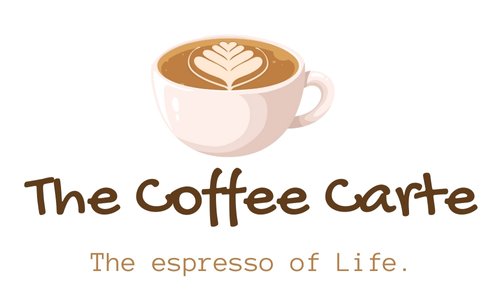
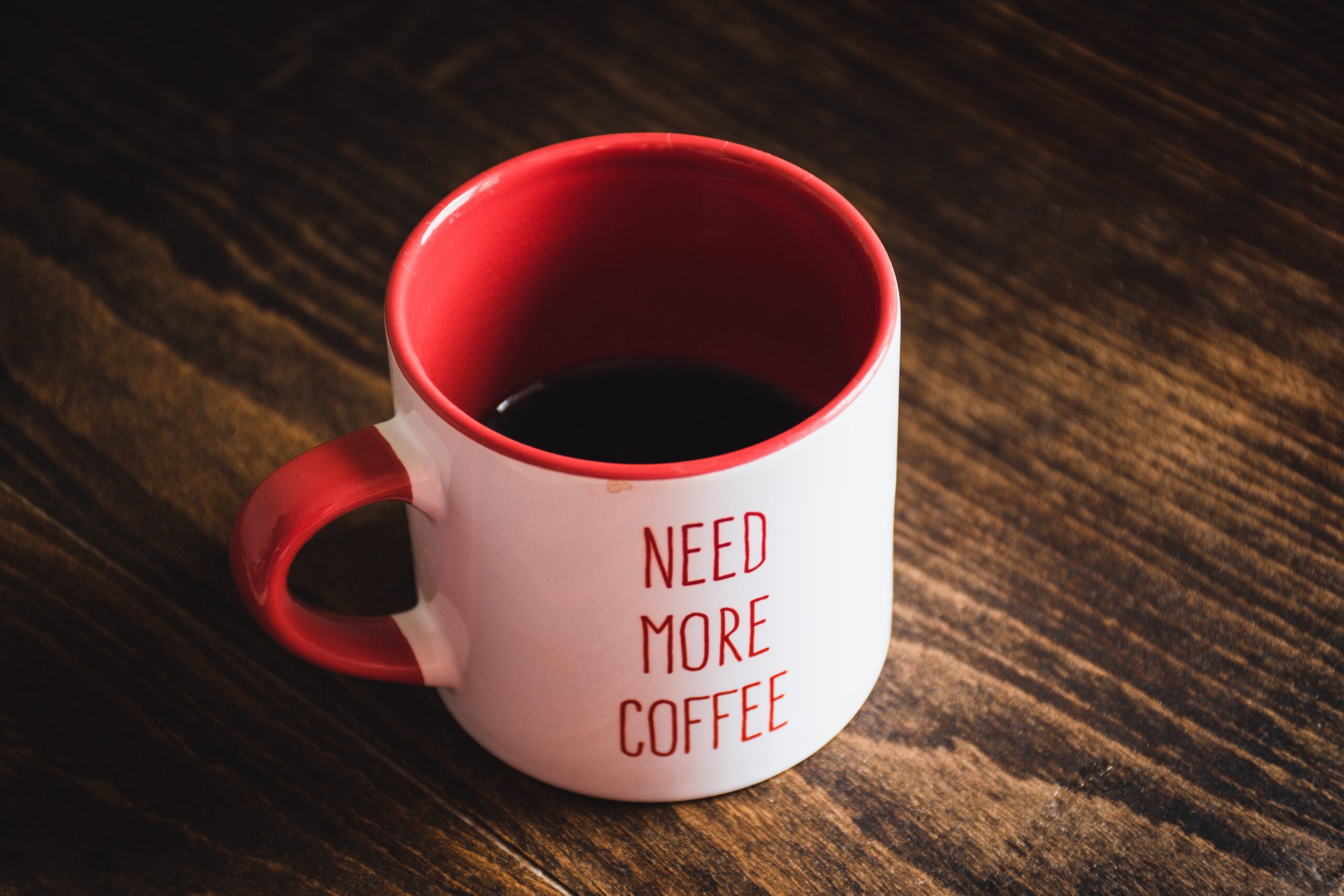
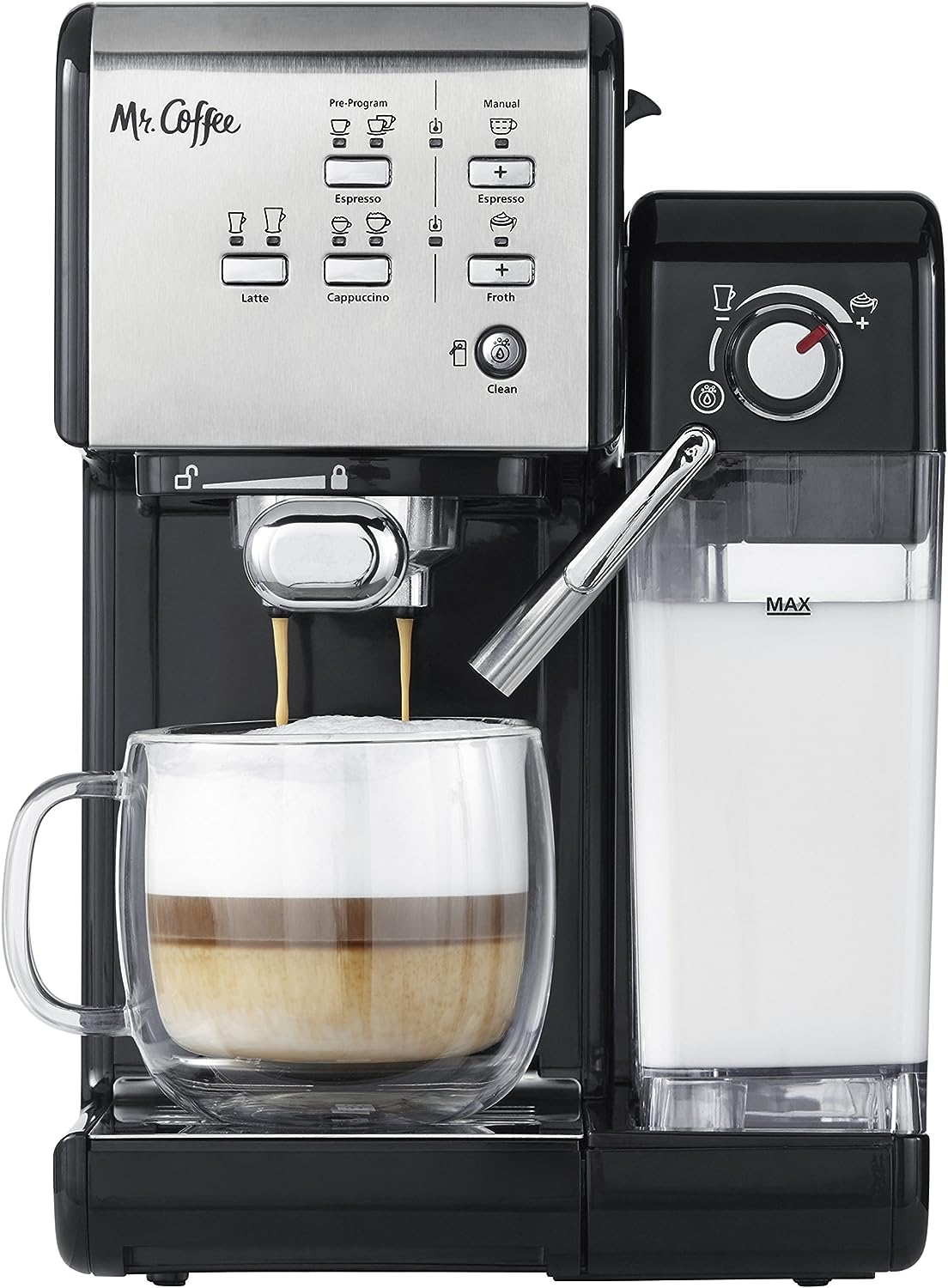
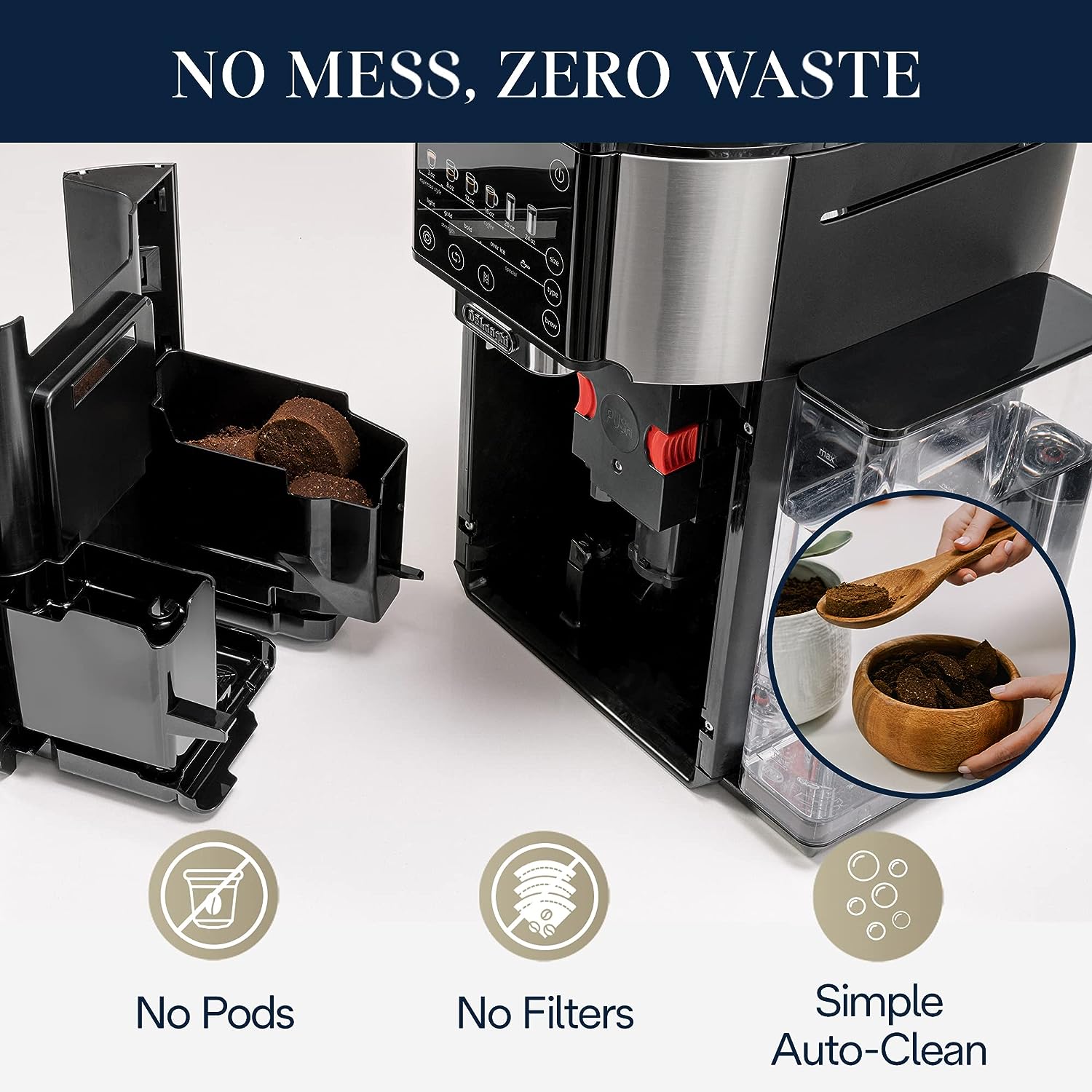
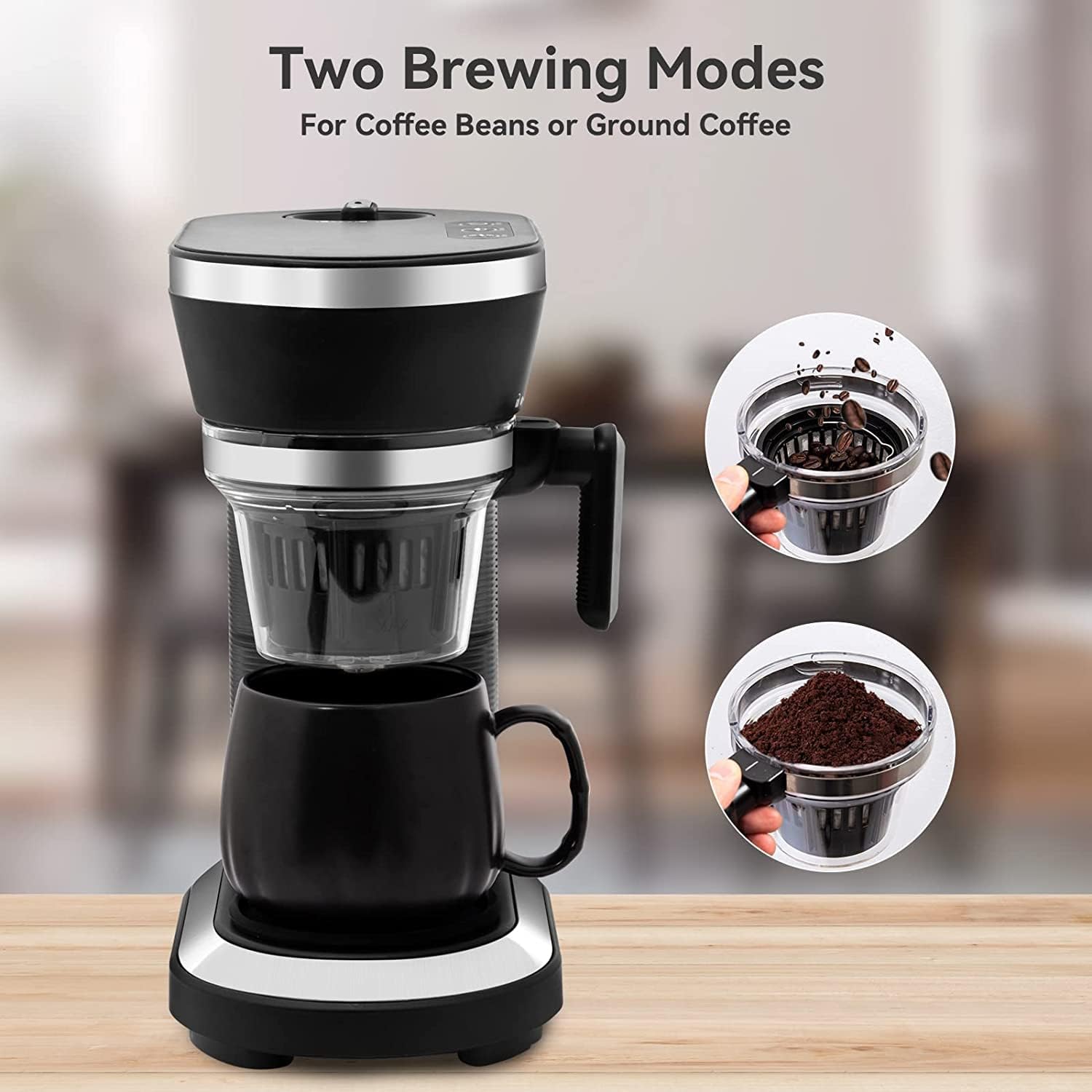
2 responses to “United States: Caffeinated and Decaffeinated Coffee Preferences 2023”
[…] United States: Caffeinated and Decaffeinated Coffee Preferences 2023 […]
[…] can be sipped and enjoyed over a longer period of time. Ultimately, the choice between espresso and coffee comes down to personal preference and the desired caffeine […]